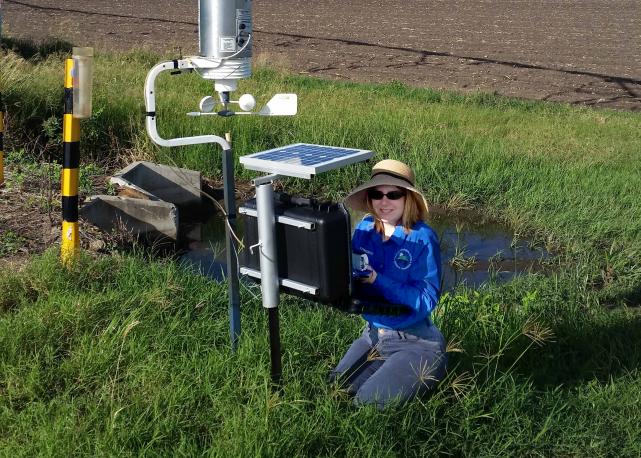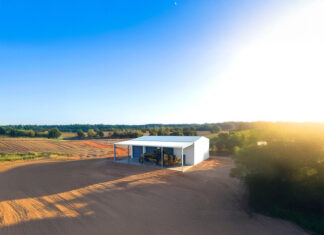Finding and retaining staff is more difficult than ever across a myriad of Australian workforces right now, including the agricultural sector.
The University of Southern Queensland (USQ) has accepted the challenge, on behalf of the cotton industry, to investigate how automated machine vision tools may be able to automate or augment some activities, such as crop scouting, to improve data collection and labour efficiency and boost productivity and profitability.
The work will continue to identify target areas where machine vision tools can help industry personnel.
Dr Alison McCarthy, a senior research fellow (irrigation and cropping systems) from the University’s Centre for Agricultural Engineering continues to lead this research.
“Elements of farming like scouting the field for pests and diseases or collecting plant measurements underpin everyday decisions for cotton farmers, from insect control decisions and crop rotations to irrigation management,” Dr McCarthy said.
“These are activities that are vital to successful every day operations, but they are also heavily reliant on having enough people on the ground to carry them out.
“This research project will develop a novel suite of automated machine vision tools, from infield stationary cameras to smartphones, to make infield monitoring more efficient and to support agronomic activities.
“Crop agronomy is complex. These tools will provide agronomists and growers with consistent and accurate information.”
The research includes Dr Derek Long from USQ, as well as agronomists, entomologists and plant pathologists at Queensland’s Department of Agriculture and Fisheries.
The Cotton Research and Development Corporation and Cotton Seed Distributors will both provide support.
Dr McCarthy said exploring the feasibility of multiple machine vision systems was critical to understanding how they could be used for many activities.
“We would hope to see outcomes such as improved repeatability of insect assessment using machine vision and more efficient collection of agronomic farm data to measure plant features that underpin decision making,” she said.
“We know too that detecting disease distribution is critical for planning crop management, so these tools should also offer data for better scheduling of crop rotation to curb disease.
“Data can also be used to support improved irrigation scheduling using thermal cameras for irrigation detection.
“Agronomists will be able to cover more hectares with a wider spread of sensors providing them timely site-specific information.”









